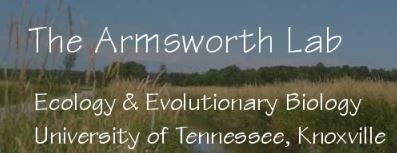 Here’s another chance to learn more about a group of students at the University of Tennessee, advised by Dr. Paul Armsworth, who frequently use natural heritage data in their research. NatureServe has set up webinars for some of these students to present their research.
Here’s another chance to learn more about a group of students at the University of Tennessee, advised by Dr. Paul Armsworth, who frequently use natural heritage data in their research. NatureServe has set up webinars for some of these students to present their research.
Presenter: Austin Milt
Abstract: Observations of species occurrences are often used to inform spatial prioritizations for the effective use of limited conservation resources. Additional species observations have the potential to change where a conservation group plans to invest. But by how much? How different would conservation priorities be if planners updated current observations with the information they will have next year? We sought to address these questions using a 111 year dataset that reflects collection and prioritization practices commonly used by practitioners. We quantify changes in the ranking of Tennessee watersheds brought on by annual additions of species observations made between 1900 and 2010. We ranked watersheds by their contribution to overall species richness considering community complementarity. We examine the sensitivity of our results to the number of watersheds prioritized. We expected the effect of new data to diminish as the dataset grew, and we did find this to be the case. Importantly, however, additional observations may continue to significantly change conservation priorities in the future if current data collection trends continue. We found that, overall, additional observations can greatly affect priorities and that this result is sensitive to the number of watersheds ranked. Thus the extent of planning activities moderates the effect of including additional data.